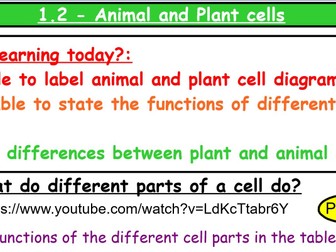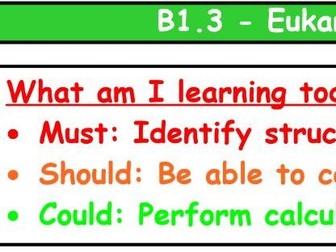
IB Biology Immunity - Blood Clotting
Whole lesson whereby students learn about the structure of the skin, followed by how blood clots form to form plugs in breaks on the skin surface and then students complete an information gather to learn how a blood clot may form in a coronary artery (Coronary thrombosis) and the possible causes and consequences
Starter: Videoclip about amazing facts about the skin and how it protects us from disease
(Students write on post-it notes something new they have learned from the clip)
Main: Students have information about different clotting factors and which they use to complete a flowchart of events during the blood clotting process. Students then peer mark each others flow diagrams
Students then collect snippets of information from around the room on coronary thrombosis to complete a mindmap
Plenary: ‘Showme’ board exercise where students answer 5 multiple choice questions on blood clotting
All additional resources included: Click the little paperclip icon on the right handside

